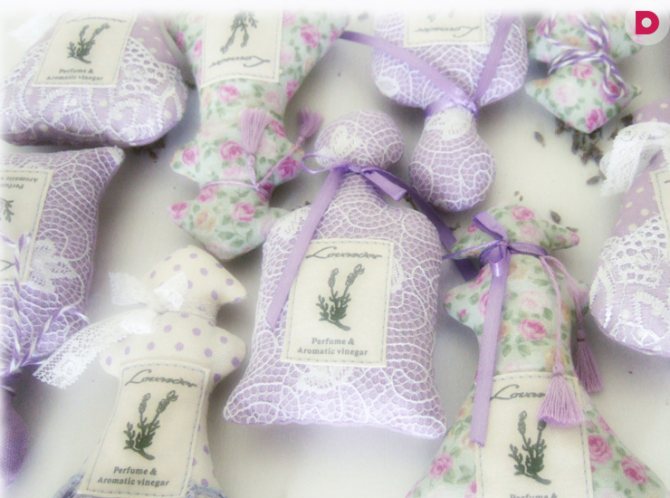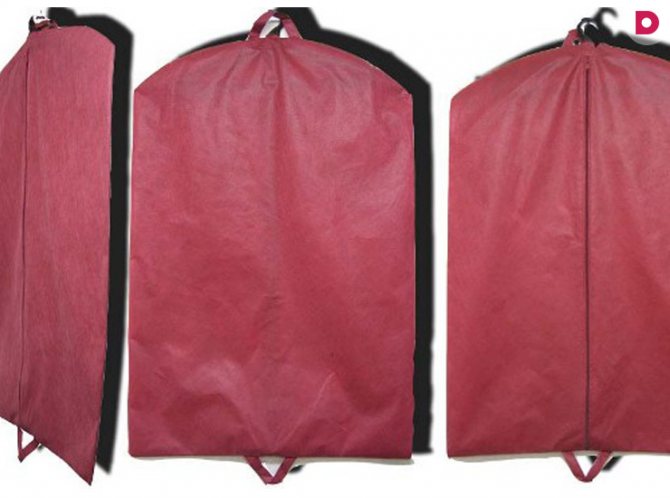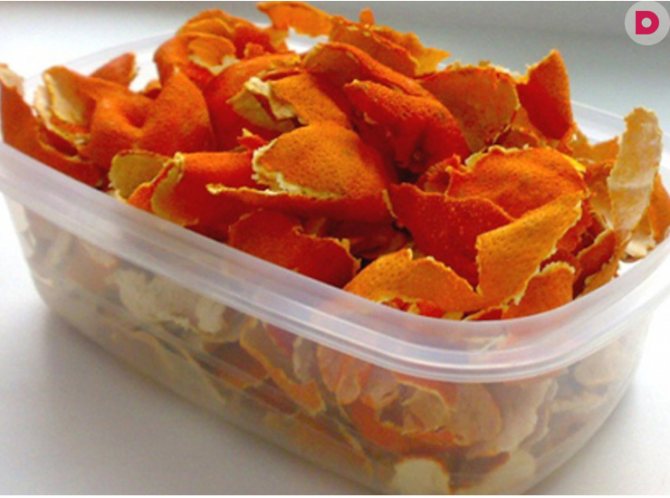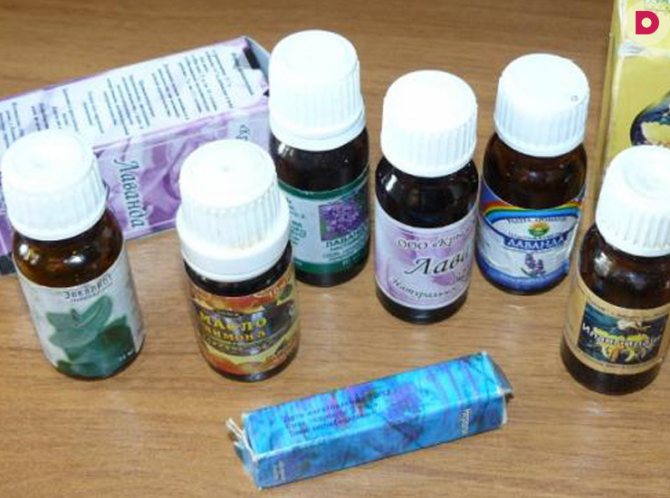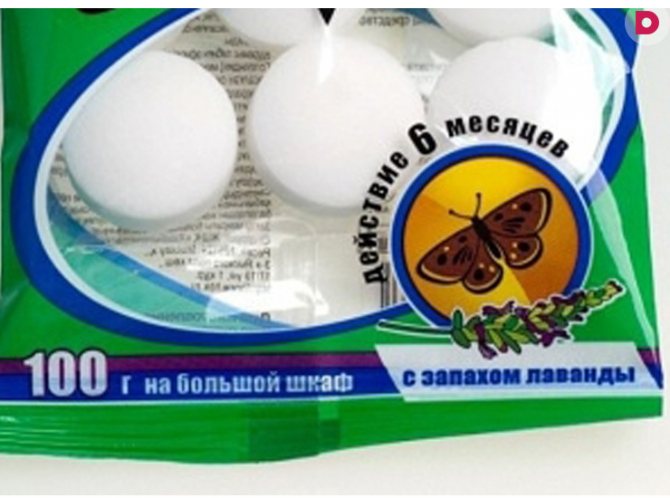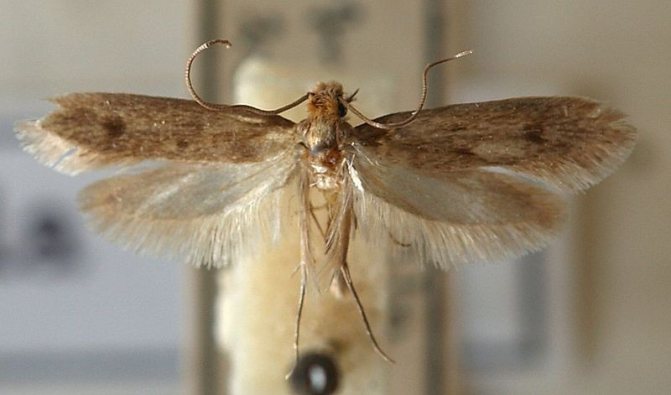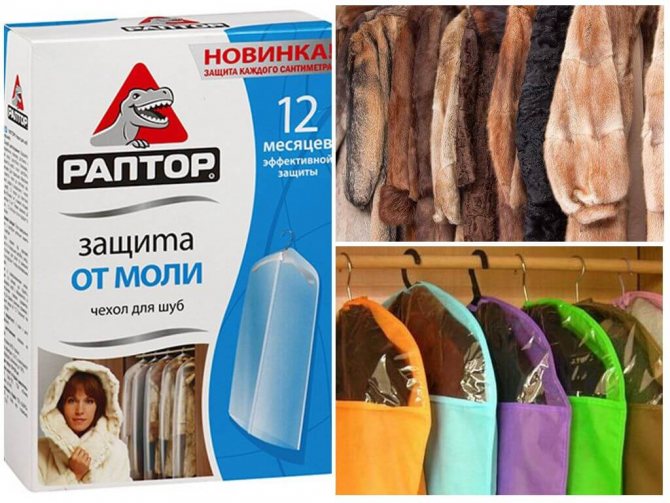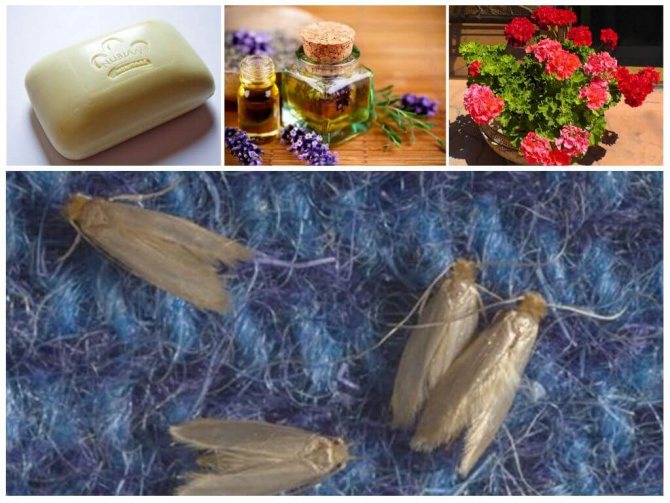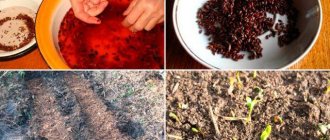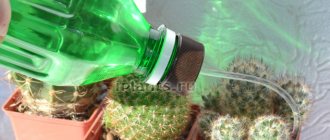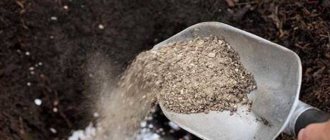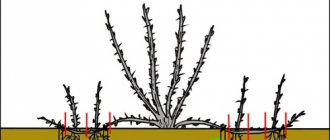Almost every modern woman dreams of a good fur coat made of expensive fur, and this is not surprising at all! Indeed, with the help of this wardrobe item, you can not freeze in cold weather, and look irresistible. However, a fur coat is one of those things that are not bought every season, and therefore it is important that it retains its luxurious appearance for as long as possible.
And the main problem that the owners of fur products have to face is the moth, more precisely, the larvae laid by it on the pile. Small gray-brown insects fluttering around the room are evidence that the pest intends to spoil the luxurious wardrobe item. Although it is better not to allow this, but try to protect the fur coat from moths in advance. After all, fluttering insects may already be the result of damage to the product by the larvae, from which they hatched.
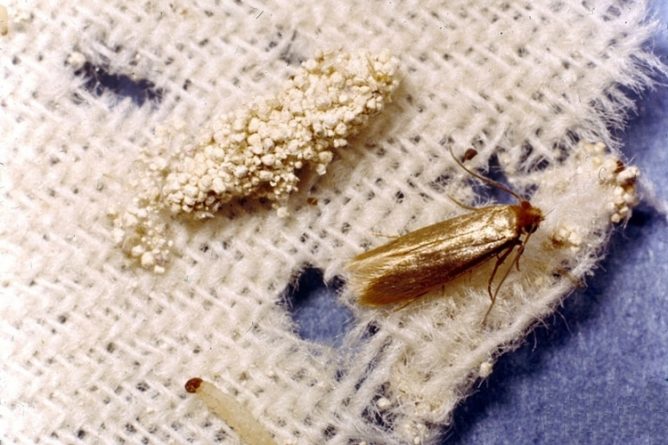
Features of storing a mink coat in summer
Mink is a finicky creature, loves cold and air. Therefore, it should be stored in special conditions:
- To prevent the product from losing its original appearance, shine and color, it should be kept in a room with an air temperature not higher than 15 ° C. Mink loves cold, it is recommended to store it at low thermometer readings. This will preserve the pile, prevent moths and skin beetles from appearing, which will harm your clothes.
- The lighting is artificial. Do not allow sunlight to hit the product, otherwise the pile will burn out.
- Properly store a mink coat on wide shoulders. A special fur hanger is ideal.
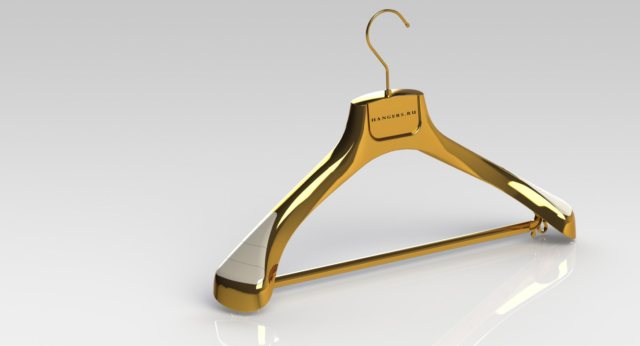

The main advantage is a wide shoulder, thanks to which an expensive thing does not stretch and retains its original appearance and shape for a long time - Store the white mink coat in a fabric cover and in free space. The distance between it and other things is at least 20 cm. The air should circulate freely around the product, maintaining optimal humidity.
- 2 times a month will have to be taken out of the closet and ventilated outside, away from heating appliances and sunlight. Store in a dressing room, a good solution is to equip it with a ventilation system.
- The moisture content of the pile before placing it in the cover must correspond to the moisture content of the cabinet. The optimal figure in the room is 45-65%. This moisture will prevent the leather from drying out. It is recommended to buy a humidifier, since in city apartments and houses this figure is 30%.
Actions in case of contamination of a fur product
First you need to find out that it is the moth that has settled in your fur coat. Since the caterpillars of this insect are always hidden and located at the base of the pile, it is rather difficult to notice them with the naked eye. Having settled in thick fur, they weave small silk cocoons, which change after each molt. The nap is the food for them, they do not touch the skin.
Signs of infection
The main sign of moths appearing in your fur coat is individual bald spots. Empty areas indicate that the infection is still negligible. What other symptoms could there be?
- The villi stick out in different directions, the fur is crumpled and looks sloppy.
- On the floor under the fur coat, hairs accumulate, which the caterpillar cut off in order to move to the neighboring area.
- In places where the larvae move, the fur is crushed.
The fur coat will have the strongest damage where the caterpillar was crawling. To saturate, she needs a small amount of pile, and when moving, she simply shears off the hairs that are in her path.
The surest sign of fur infection is a large accumulation of butterflies in the wardrobe and caterpillars, which are already visible to the naked eye. In this case, it is necessary to take decisive steps to eliminate them.
How to save the product?
Now it's worth figuring out what to do if a moth ate a fur coat. Here everything will depend on the scale of the damage caused.
- If the damage is numerous, then, unfortunately, the fur coat cannot be saved and the expensive thing will simply have to be thrown away.
- Small flaws and a small number of narrow "tracks" can be painted over with a marker matched to the color of the pile.
- Sometimes it is easier to repaint the fur coat itself in skin color.
- One small receding hairline can be hidden in a crease by cutting out the damaged area and stitching the skin from the inside.
- If the bald spot is large, but only one, then it can be hidden under a brooch or an original patch.
- If there is damage only on the hem, and you do not want to throw away the fur coat, then it can be shortened by contacting the atelier.
Preparing a mink coat for storage at home
Cleaning should be done in dry cleaning or on your own. Before placing the product in the cabinet, inspect and shake off the dust. Iron gently. If you find stains or dirt, you should immediately start removing, otherwise your favorite thing will be damaged.
Attention! You can not comb the pile, so as not to damage.
After shaking off and smoothing, it is advisable to follow these steps:
- Hang the mink coat on wide shoulders and apply dry shampoo to dirty areas. Instead, use talcum powder, semolina. It is not recommended to do dry cleaning using "grandmother's" methods. Vinegar, ammonia and medical alcohol, gasoline, kerosene - put aside. An unpleasant odor may appear and, if used incorrectly, the product will be damaged. When greasy spots appear, use sawdust, yellowness - shampoo for animals, traces of foundation and lipstick - vodka, vomit - starch.
- The shine of the mink coat will help restore the solution of lemon juice and glycerin. Combine the products in equal amounts and apply to the product from a spray bottle, wipe with a paper towel in the direction of the pile and leave to dry.
- Using a special brush, comb out the loose powder. Brush in the direction of the pile. The comb should be soft, with sparse teeth.
- Dry the mink coat after cleaning. Leave clothes on the balcony so that no ultraviolet light gets on them. Hang on wide hangers, hook on a rope. Clothespins cannot be used, they have a deforming effect.
In what case to store a mink coat
A high-quality and good bag will ensure proper storage of clothes, protect from moths, dust and ultraviolet radiation. The fur coat needs to breathe, so a plastic bag won't fit. In addition, it transmits ultraviolet radiation, which is detrimental to the fur.
The cover must be made of natural and opaque material. Models made of linen, cotton and canvas are suitable.
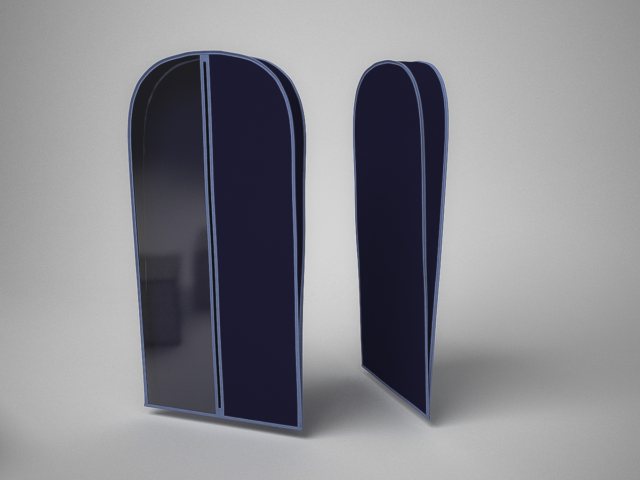

This cover allows air to ventilate
Buy a cover in accordance with the size of the fur coat, but not in the butt. It should hang freely, not come into contact with the pile. A correctly selected product will not allow the pile to deform and wrinkle. The cover should be at least 15 cm larger than the mink coat.
Where to store a mink coat
It is more correct to store a mink coat in the freezer. Some ladies buy a special refrigerator. Such conditions ensure the greater safety of the mink coat. The product is in a sealed state, a certain temperature, humidity and protection from the sun is maintained inside.
However, on the other hand, why overpay for a refrigerator if you can arrange a place at home where the thing will remain in good condition.
Advice! You can take your mink coat to a special company, where it will be looked after according to all the rules throughout the entire period.
What advantages will the owner receive if he stores in the company:
- Constant examination by specialists.
- Provide additional services - cleaning, repair.
- Temperature and humidity are maintained.
- The room is ventilated.
Pest development stages
In order to decide what to do if a mole starts up in your fur coat, you need to recognize the enemy "by sight". Fur or wardrobe butterflies can live in the closet with things. The former prefer natural fur, while the latter prefer drape, cloth, wool and other natural materials. The main problem is the fact that with a lack of nutrition, both types of insects can make a nest in other things. In some cases, even synthetic clothing is destroyed.
The insect develops in several stages:
- An imago or an adult is a familiar butterfly that betrays the presence of pests in the house.
- Eggs - caterpillars develop in them. It takes 4-6 days for the masonry to mature, it all depends on the environmental conditions.
- Larva - it is in this phase that the insect does harm to things. The only form of insects that has a powerful oral apparatus, thanks to which they eat wool, nap, tissue, in order to be able to move on to the next phase of development. The life cycle of caterpillars ranges from 1 week to 2.5 months, during which they can ruin a large number of wardrobe items.
- Pupae are a transitional stage between larva and imago. At this stage, the pest is wrapped in a dense silk cocoon, which maintains optimal conditions for transformation into an adult.
A mole has started up in the fur coat - it's time to carry out an audit in the closet. It is necessary to find not only the butterflies themselves, but also their clutch, pupae and larvae, in order to completely destroy the colony of parasites.
How to store a mink fur coat in the summer
Mink fur is very capricious. The product requires appropriate storage conditions. To protect it from moths and skinheads, it is recommended to wrap it in newspaper and hang it in a spacious dressing room.
The cover must match the color of the fur. It is correct to store a mink fur coat at home in the summer in a fresh and spacious closet. It should not leak water.
Important! You can store it in the dressing room, which is not made of cedar. This material absorbs air.
For the summer, it is recommended to give the mink coat to a special company, since it is difficult to maintain the desired level of humidity at this time of the year.
How to keep a mink coat from moths
Care should be taken to protect against moths. Before storing a mink coat in a closet, it is necessary to treat it with proven folk remedies or special tablets, aerosols or oils.
The larvae do the greatest harm. Moth pills are laid out in the corners of the cabinet, in the pockets of the fur coat and the cover.
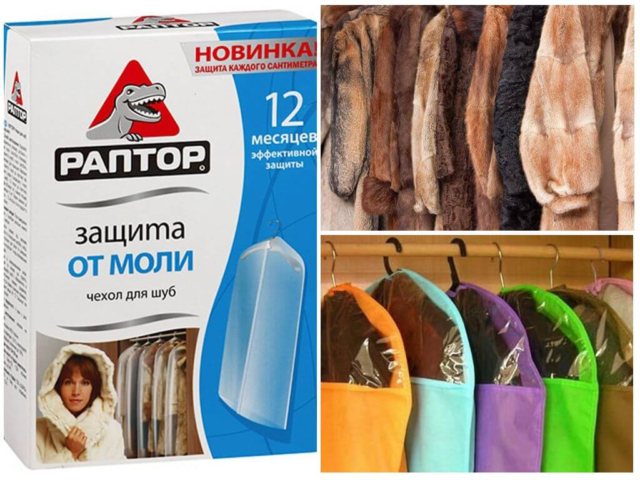

The tablets are produced in a plastic base, they repel insects and create unfavorable conditions for laying eggs
The walls, cover inside and outside are treated with aerosol. It cannot be applied directly to fur.
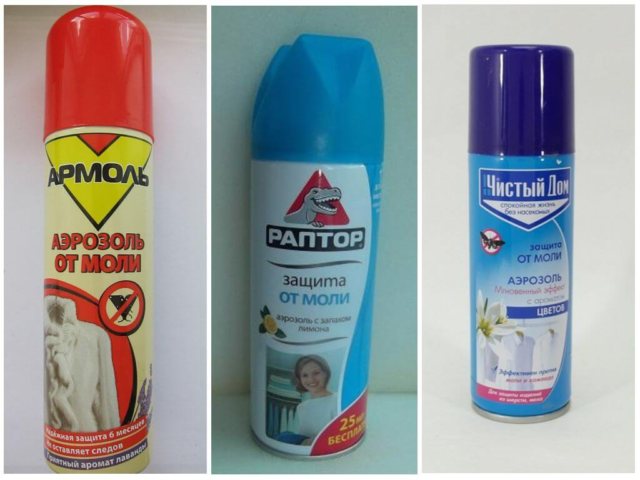

Do not spray the product with open vents and windows, in case of contact with a fur coat, you will have to wipe it with a napkin
If you are allergic to chemicals or lack confidence in these remedies, small herbal sachets can be used. The moth does not like cloves and cinnamon, the latter smells good, but the aroma will quickly be absorbed into the fur. This way of scaring away moths is not for everybody.
If the larvae have already started, you can not hesitate with the processing.It should be sprayed in a store that is suitable for the mink and spray the entire surface of the product. Treat the cover and cabinet, leave for a few days, then ventilate well.
Why does a mole start in natural fur?
To begin with, in order to understand how to deal with moths, it is worth understanding why natural fur is a sweet temptation for moths and why is it so difficult to get rid of such a pest? Could it be easier to prevent it from appearing and keep the thing intact?
How to protect a fur coat from moths
Moths are the larvae of clothing and fur moths. This pest feeds on wool fibers, particles of mold, dust, nap of natural origin, wool fabrics. It is in such natural fibers that their favorite delicacy is the keratin horny substance.
Reproduction of moths in the pile occurs quickly enough: In just a couple of days, a brood of moths can ruin your entire wardrobe... Of course, she will not eat the whole fur coat, but you can forget about the attractive appearance. And even before that, a beautiful fur coat will look like a shabby cat.
In order to avoid such an unenviable fate, it is worth knowing how to properly care for fur products throughout the year and how to keep a fur coat from moths... The moth especially loves to "eat" in summer and cold winter.
Since fur coats are often ventilated in winter, the probability of winter moths is somewhat reduced, but as for the warm summer and pleasant holidays, when their beautiful owners completely forget about fur coats, this is a real paradise for moth larvae: improper storage of a fur product contributes to its active reproduction. Read on to find out how to keep these pests away from your fur.

